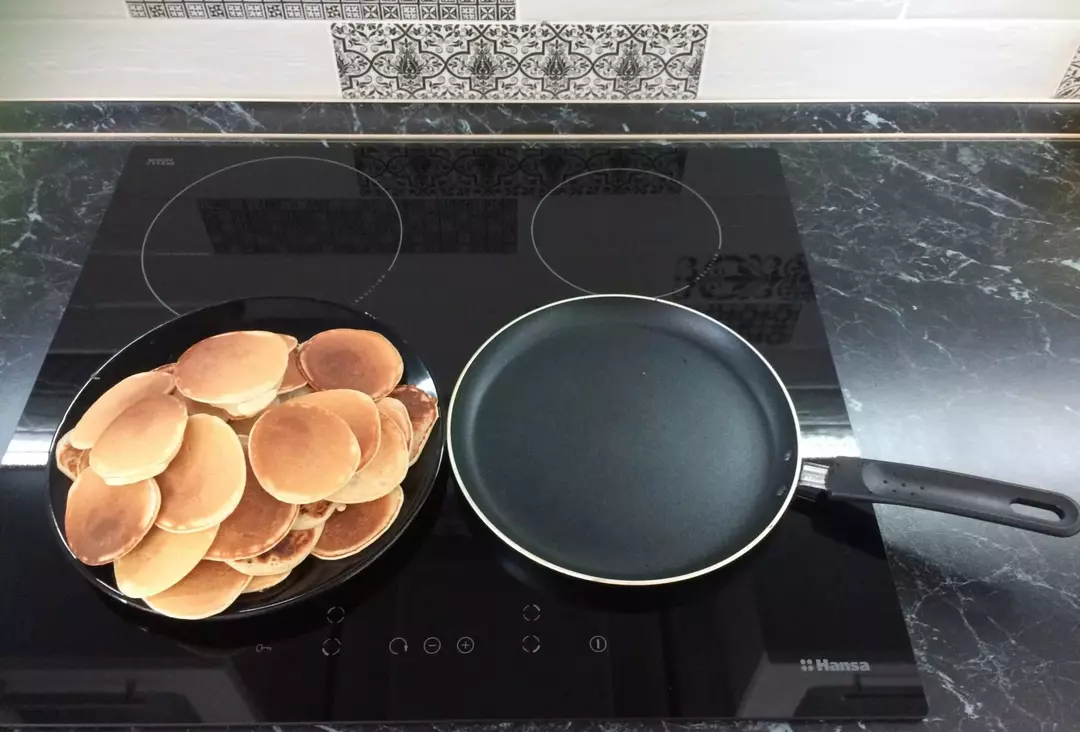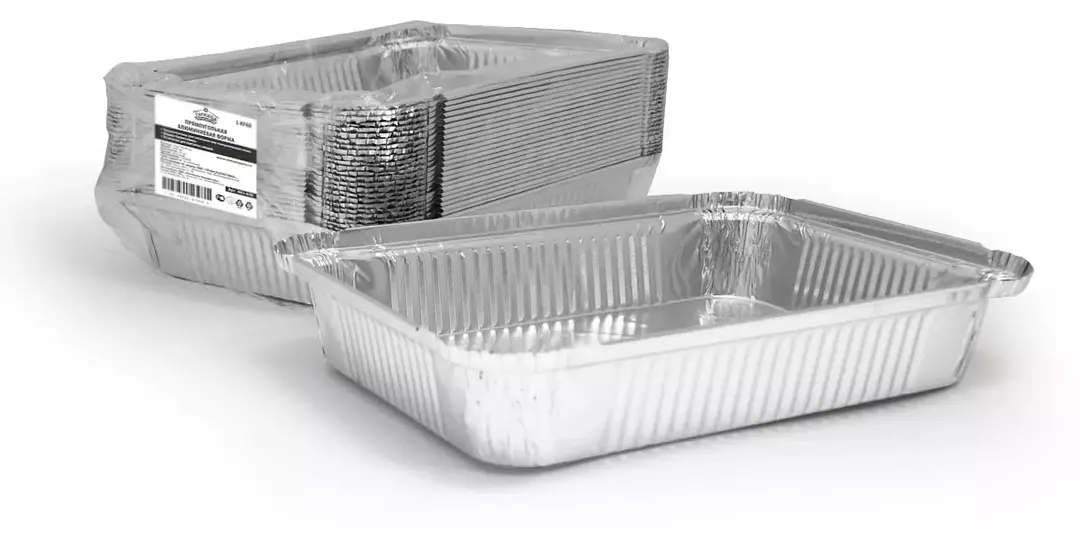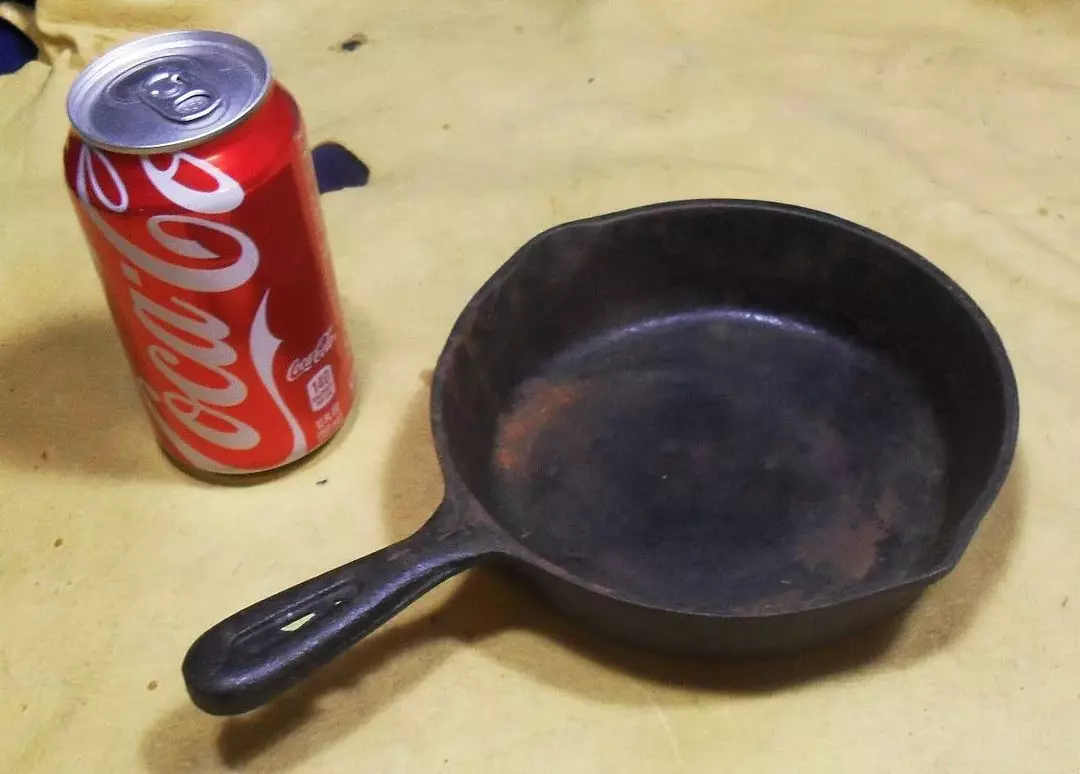Flounder meat has a unique chemical composition and delicate texture, which distinguishes the product against the background of analogues. At the same time, only a few landladies prepare it - those who know how to clean flounder correctly and quickly. Contrary to popular belief, the process itself is not so complicated, you only need to act on a strict scheme.

It is worth considering that only fresh fish has useful properties, it contains an impressive amount of vitamins, iodine and other microelements. But the frozen product can pleasantly please with its taste qualities, especially if it is thoroughly approached to its processing.
Features of cleaning flounder and its preparation for creating culinary delights
Before you start cleaning the carcass, you need to unfreeze the product, if necessary. It is necessary to be guided by the following wishes:
- It is better to abandon the option of gradual defrosting in the refrigerator or at room temperature. This will take too much time, which is fraught with the loss of most of the useful components.
- The whole frozen carcass is placed in cold water, we add a little bit of rock salt. For a kilogram of product, take at least a teaspoon of salt, then the loss of mineral components will be minimal.
- The use of warm water is prohibited. It will negatively affect the structure of the protein, which will lead to spoilage of the product.
- If you need to defrost a piece of fillet, then first grease it with salt, wrap with a food film and act according to the same scheme.
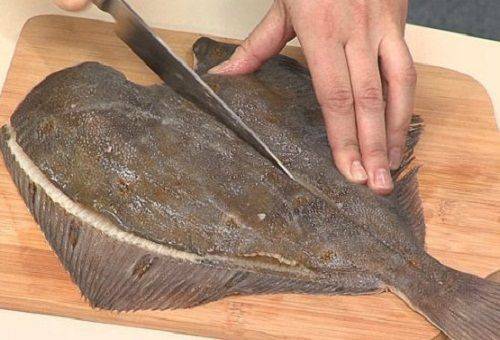
Fresh or unfrozen flounder is washed under running cold water, removing from its surface slices of algae, crystals of salt and sand. Fish can be with scales and without. Depending on this, you need either to clean flounder with a sharp knife, removing scales, or to cut a homogeneous skin that is very dense. Only very small carcass species of flatfish without scales do not need to remove dense skin.

Tip: Peel can be removed very carefully, without damaging the tender meat. To do this, we make a shallow incision on the back of the fish, we catch the skin and remove it in one movement, like a stocking.
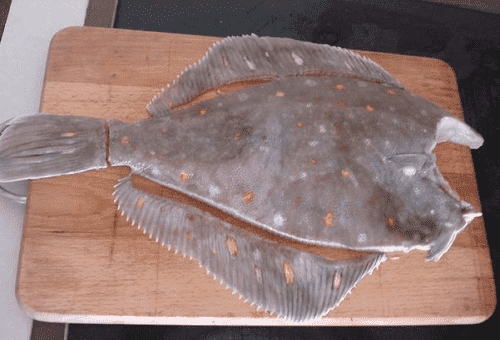
The fins are cut off at the next stage. Lastly, the head is removed. It should be remembered that the digestive organs of a particular fish are immediately under the gills. If you do not clean this part of the carcass correctly, there is a risk of damage to the internals, which is fraught with the attachment of a bitterish note and the smell of algae to the taste of the fish.
On the body of the fish, a V-shaped incision is made, which grasps the head, the gills and all the insides. If, during the manipulation of the meat, the contents of the digestive organs still enter, then it will not be possible to clean it, it is better to cut off the affected areas immediately.

Before you can cook fried meat, it must be rinsed again under cool running water, treated with fine salt and put in the refrigerator for half an hour. This stage will neutralize the remaining unpleasant odors and soften the texture of the meat. Only after this, the necessary heat treatment of the component is carried out.
Small fish carcasses can be cleaned by the same principle, bypassing the skin removal process. But it is recommended to cut the workpiece into two parts along the ridge line and remove all bones.
Tip: For a flounder of flounder to become softer and completely rid of a particular fishy smell or bitter taste, it is recommended to soak it in slightly warm milk for 15-20 minutes just before cooking.
How to properly separate tender meat from the base?
Fresh flounder fillets are sold quite rarely, and frozen after all processing stages becomes like paper, so it is better to learn to separate the tender meat yourself.
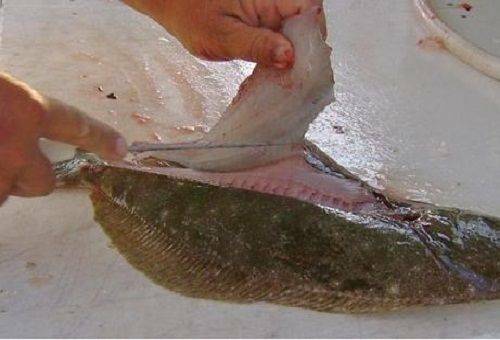
- It is best to purchase a large fish for this purpose. Then the process will seem simpler, and the filet eventually will be more.
- Take the carcass, rinse it under cool water, lay it on the table, "back" up. With a very sharp knife, we cut the meat along the prominent dense line to the very bones. Here the main thing is not to bring the knife to the head, otherwise you can damage the insides and spoil the meat.
- Next, we draw a cut perpendicular to the first, along a line that is immediately below the belly. Now we make a shallow incision strictly along the line of the inferior fin. If everything was done correctly, then a piece of fillet will be identified, which can be separated by careful movements, helping yourself with a knife.
- By the same principle, we process the remaining larger piece.
- With the obtained pieces carefully cut the skin, remove all the extra unaesthetic elements, carefully remove the bones.
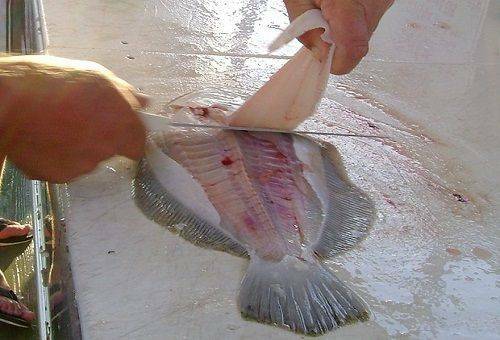
The fillets obtained can not be salted or processed. Most often these blanks are fried with a small amount of vegetable oil. Salt is introduced already in the process of frying, but it is better to serve such meat with a separately cooked sauce.
Regardless of the chosen approach, the final workpiece is obtained neat, clean, ready for use or subsequent dry freezing. Meat flounder is quite thin and transparent, which allows you to carefully check it for the presence of small pits. This point should not be neglected, even if the ridge came out easily and without visible damage.
We recommend reading: how to properly clean a pike

